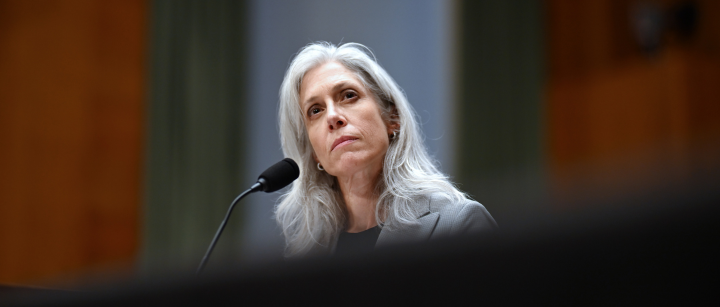Trump’s First 100 Days: A Review of Executive Orders, Tariffs, and Foreign Policy Measures

In a highly publicized event, United States President Donald Trump commemorated his first 100 days back in office with a rally in Macomb County, Michigan. Known for its rich automotive heritage, this region plays a significant role in the American economy. During the past few months, President Trump has made notable strides in implementing his agenda, characterized by an unprecedented number of executive orders and a steadfast commitment to his “America First” policy, while maintaining a supportive stance toward Israel.
According to data from the American Presidency Project, President Trump has signed at least 142 executive orders since returning to office, leading all predecessors in this aspect during their first 100 days. These executive orders serve as directives to federal agencies and carry the weight of law without needing congressional approval. Key initiatives signed on his first day included pardons for over 1,500 individuals involved in various cases, including those related to the Capitol riot on January 6, 2021, and a decision to withdraw from the World Health Organization.
A significant focus of Trump’s executive actions has been immigration and border security, alongside substantial alterations to energy and trade policies. His administration has aggressively sought to reshape the federal budget, culminating in the establishment of the Department of Government Efficiency (DOGE), led by billionaire Elon Musk. This initiative aims to streamline government spending, with DOGE officials claiming to have cut around 0 billion from the federal budget.
The impact of presidential directives is also felt in the economic landscape. President Trump imposed tariffs on multiple sectors—most notably targeting imports from Canada, Mexico, and China—with the intention of decreasing the U.S. trade deficit and revitalizing local manufacturing. However, these measures have generated varying reactions in financial markets, with major indices experiencing fluctuations since November 2020.
In his first 100 days, President Trump hosted a variety of world leaders, reinforcing diplomatic relations crucial for U.S. interests. Prominent leaders included Israeli Prime Minister Benjamin Netanyahu, with whom he discussed proposals for Gaza, aiming to enhance regional stability.
Internationally, Trump’s foreign policy has sparked discussions regarding the dynamics of the Middle East, particularly highlighting commitment to Israel while advocating for expansive development projects. As tensions continue in regions like Gaza and Yemen, the U.S. has engaged in military initiatives. However, the aim remains to foster paths toward peace.
Throughout his campaign and subsequent administration, President Trump has made numerous promises focused on reform and security. Various oversight organizations continuously assess these commitments, as he navigates the complex political landscape.
The unfolding events will be closely watched as President Trump continues to lead discussions and develop policies with extensive implications for the global landscape.
#PoliticsNews #MiddleEastNews






